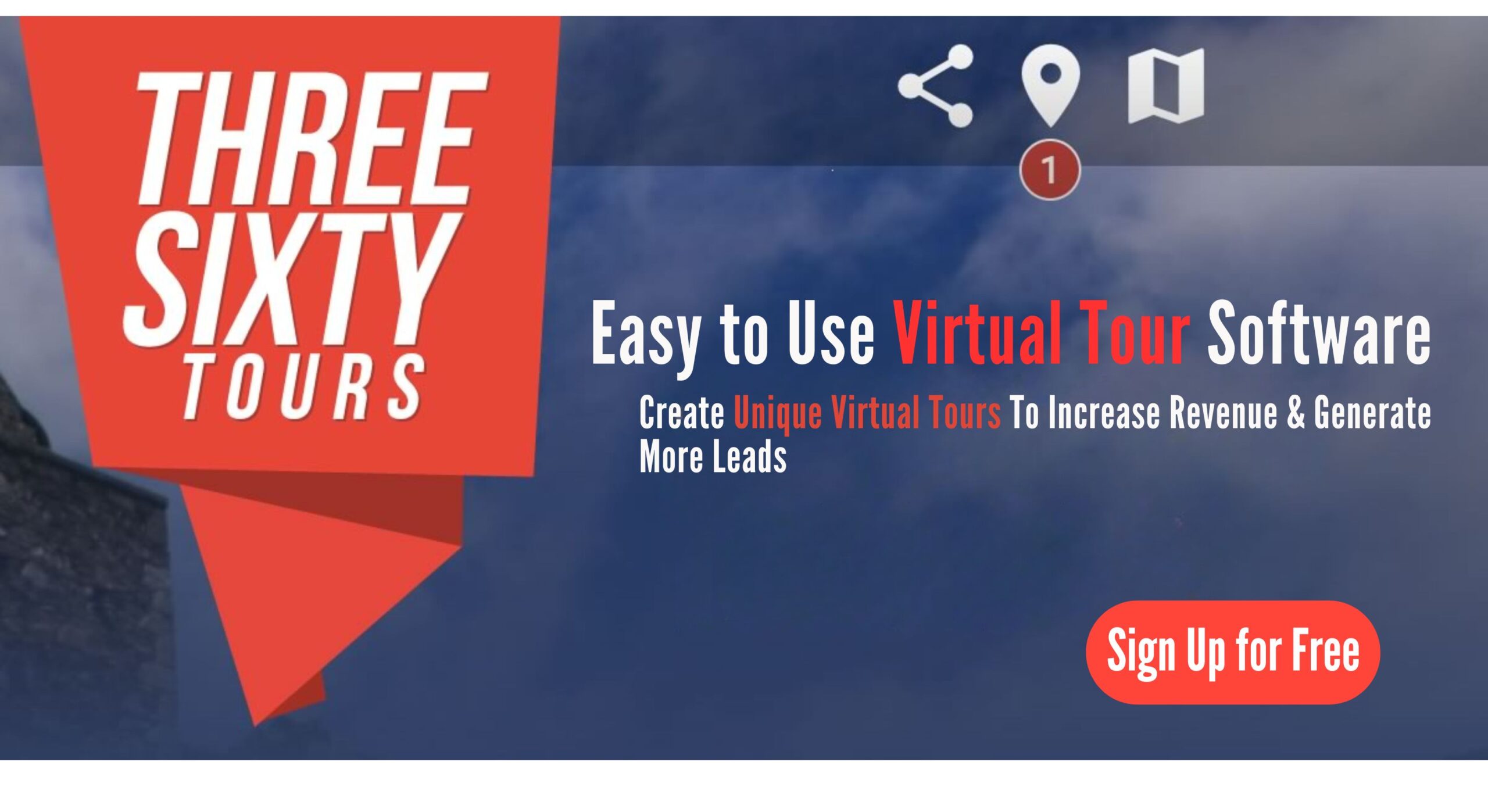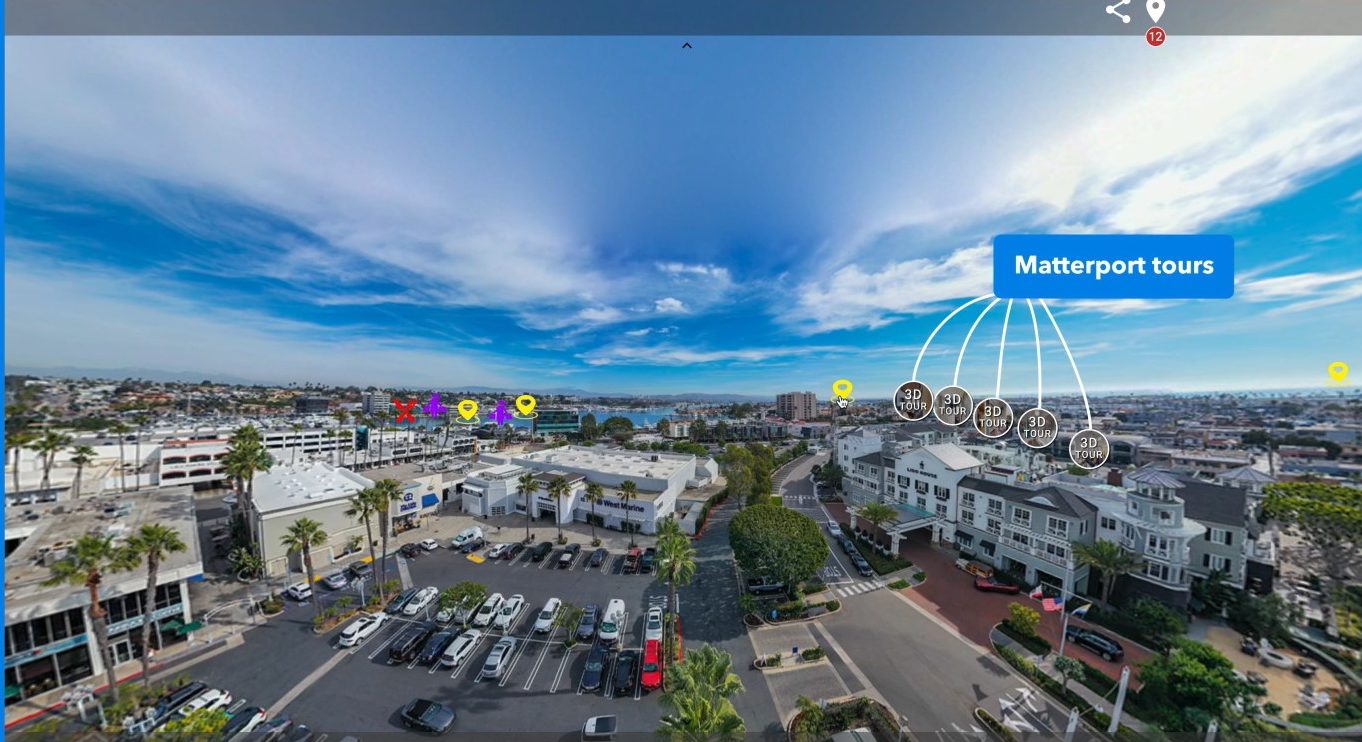virtual reality real estate tours
Virtual Reality Real Estate Tours: Revolutionizing the Property Experience
In today’s fast-paced digital world, the real estate industry is transforming. Gone are the days of relying solely on static images or scheduled open houses. Now, virtual reality (VR) real estate tours are changing the game. They offer immersive, 360-degree experiences that bring properties to life.
For photographers and real estate agents, this isn’t just a passing trend. It’s a powerful tool that enhances marketing, expands reach, and elevates the buyer’s journey. Whether you’re capturing stunning visuals or showing listings to clients across the globe, VR tours unlock new, exciting opportunities.
Let’s explore how virtual reality is reshaping real estate. We will look at the technology behind it, the benefits for buyers and sellers, and what the future holds. If you’re ready to dive in, check out www.threesixty.tours to see how easy it is to create your own VR tours.
II. The Technology Behind Virtual Reality Tours
To understand why VR is such a big deal in real estate, let’s look at the tools that make it possible. There are two key components:
- Hardware: what you use to view the tours
- Software: what you use to create and host them
A. VR Hardware: Headsets and Cameras
The most recognizable piece of VR gear is the headset. Devices like the Meta Quest 2 (formerly Oculus Quest), HTC Vive, and even simple options like Google Cardboard let users step inside a virtual space.
These headsets track your head movements and adjust the visuals in real time. This creates a sense of depth and realism that flat photos just can’t match.
To create the content for these tours, photographers use 360-degree cameras. Popular models like the Ricoh Theta Z1 and Insta360 ONE X2 capture high-quality panoramic images. These cameras shoot every angle of a room in one go, ensuring nothing gets left out.
B. VR Software and Hosting Platforms
Once the images are captured, software comes into play. This is where platforms like www.threesixty.tours shine. They let you upload your 360-degree photos, add interactive elements like hotspots and floor plans, and create a seamless virtual experience.
The best part? You don’t need to be a tech wizard. These platforms are designed to be user-friendly, even for beginners.
You can embed your tours on your website, share them on social media, or view them in a VR headset. It’s a flexible, powerful way to showcase properties.
C. VR vs. Traditional Marketing
Traditional marketing tools—like photos and videos—have their place. But they have limits:
- Photos can be misleading.
- Videos are passive and linear.
- In-person showings take time and effort.
Virtual reality solves those problems. It lets buyers explore a property at their own pace, from any location. They can look around, zoom in on details, and truly get a feel for the space.
For photographers, it’s a chance to present their work in a more dynamic and professional format. For agents, it’s a way to offer something extra that grabs attention and builds trust.
Want to see how simple it is to get started? Head over to www.threesixty.tours and try it for yourself.
III. Benefits of Virtual Reality Tours for Buyers
Virtual reality tours aren’t just cool—they’re incredibly practical. They make the buying process easier, faster, and more enjoyable. Here’s how:
A. Immersive Experience
VR gives buyers a real sense of what it’s like to be inside a home. They can “walk” through rooms, look around corners, and get a true feel for the layout.
This is especially helpful for buyers who want to imagine how their furniture would fit or what the view looks like from the living room window. It’s not just about seeing a space—it’s about experiencing it.
Interactive features like clickable hotspots, video clips, and floor plans make the tour even more engaging. Buyers can learn about specific features—like smart thermostats or granite countertops—without needing an agent to explain everything.
B. Convenience and Accessibility
One of the biggest perks of VR tours is convenience. Buyers can view multiple properties without leaving their couch. It’s perfect for busy professionals, parents, or anyone who doesn’t want to spend weekends driving to open houses.
It’s also a game-changer for out-of-town or international buyers. They can explore homes remotely, without the hassle of travel.
Plus, VR tours are available 24/7. No need to schedule appointments or wait for showings. Buyers can browse listings on their own time, at their own pace.
C. Easier Property Comparisons
With VR, comparing properties is simple. Buyers can switch between tours, revisit rooms, and evaluate features side by side.
This makes it easier to narrow down options and make confident decisions. Instead of relying on memory or flipping through photo galleries, buyers can go back and explore each home as often as they like.
When buyers feel informed and in control, they’re more likely to take the next step—and less likely to regret their purchase later.
IV. Benefits of Virtual Reality Tours for Real Estate Agents and Sellers
While buyers love the convenience of VR, agents and sellers stand to gain just as much. Here’s why virtual tours are a smart move from the business side:
A. Expanded Market Reach
Traditional showings are limited by time and geography. But VR tours can be viewed by anyone, anywhere, anytime.
This opens the door to a much larger pool of potential buyers. Whether someone is relocating from another state or browsing listings late at night, they can still experience your property in full detail.
For sellers, that means more eyes on their listings. For agents, it means more qualified leads and faster deals.
B. Competitive Edge
In today’s crowded real estate market, standing out is key. VR tours give listings a modern, high-end feel that grabs attention.
They also show clients that you’re tech-savvy and forward-thinking. That can make all the difference when you’re competing for listings.
Photographers who offer VR tour creation as part of their services add serious value. It’s a great way to attract new clients and grow your business.
C. Data and Analytics
Platforms like www.threesixty.tours offer built-in analytics. You can see how long viewers spend on a tour, which rooms they look at, and what features they click on.
This data is gold. It helps agents understand what buyers care about most—and tailor their marketing accordingly.
Sellers can also use this insight to highlight key features or make improvements before the next showing. It’s a smart, data-driven way to boost results.
V. Challenges and Limitations of Virtual Reality Tours
As powerful as VR is, it’s not without its challenges. Here are a few things to keep in mind:
A. Technical Barriers
Not everyone has a VR headset or high-speed internet. While most tours can be viewed on phones or computers, the full immersive experience does require the right gear.
Also, creating high-quality tours takes skill. Blurry images or clunky navigation can turn off buyers. That’s why it’s important to use a platform like www.threesixty.tours that makes the process easy and professional.
B. Cost of Equipment
There’s some upfront investment involved. You’ll need a 360-degree camera and maybe some editing software.
But the good news is that these tools are more affordable than ever. And the return on investment is often well worth it. Homes with VR tours tend to sell faster—and for more money.
C. Learning Curve
Some buyers, especially older ones, may not be familiar with VR technology. That’s okay. A simple walkthrough or short tutorial can go a long way.
As VR becomes more mainstream, this barrier will shrink. But for now, it’s important to offer support and make the experience as user-friendly as possible.
D. Lack of Personal Touch
VR can’t fully replace the feeling of walking through a home in person. The emotional connection that comes from physically being there still matters.
That’s why VR tours work best as a first step. They help buyers narrow down choices, so in-person visits are more focused and productive.
VI. Conclusion
Virtual reality real estate tours are changing the way homes are marketed and sold. They offer a better experience for buyers. They provide more exposure for sellers and offer powerful tools for agents and photographers.
With platforms like www.threesixty.tours, creating your own VR tours is easier than ever. Whether you want to wow clients, grow your business, or stay ahead of the competition, VR is the way forward.
The benefits are clear: immersive experiences, greater convenience, expanded reach, and smarter marketing. As technology continues to improve, the possibilities will only grow.
If you’re ready to take your listings to the next level, now’s the time to act. Explore www.threesixty.tours and start building virtual tours that captivate, convert, and close deals.
Virtual reality isn’t just the future of real estate—it’s the new standard. Are you ready to make the leap?


